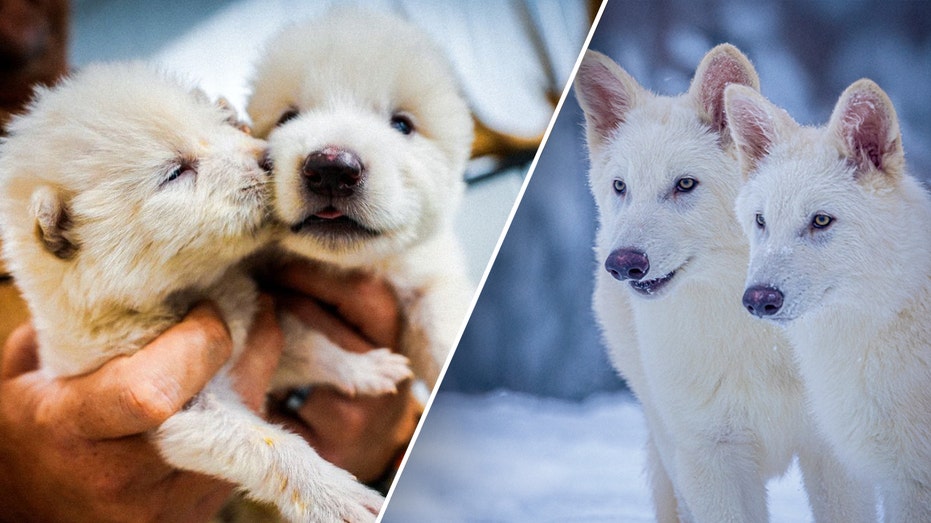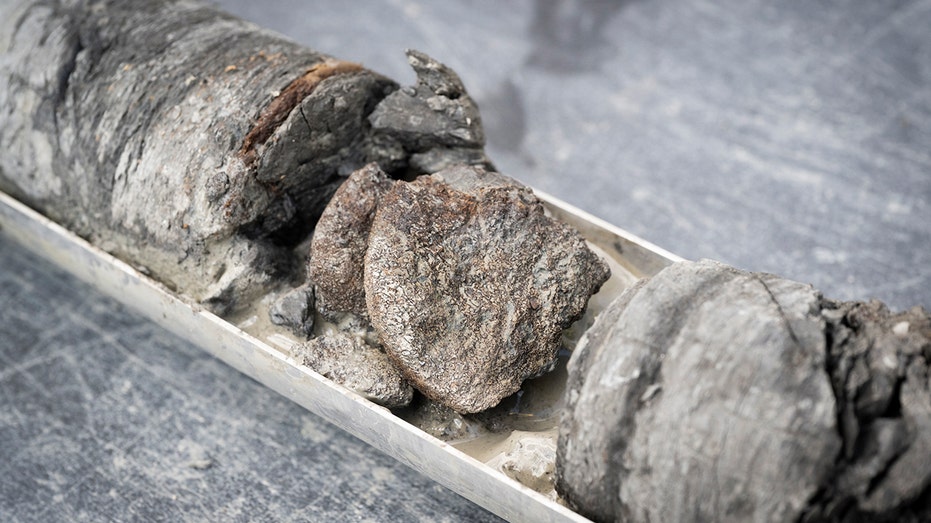Dire Wolves from 'Game of Thrones' Recreated After 12,500 Years — But Are They Really the Same?

Sarah Johnson
April 18, 2025
Brief
Dallas-based Colossal Biosciences claims to have recreated Ice Age dire wolves using genome editing and cloning, igniting debate over true de-extinction and conservation implications.
A biotech company in Dallas, Colossal Biosciences, has announced it has recreated wolves that roamed North America over 12,500 years ago — the iconic dire wolves popularized by HBO’s Game of Thrones. Using genome editing and cloning technology, they claim to have produced three genetically engineered pups, calling them the world’s first true “de-extincted” animals.
Now, dire wolves were prehistoric beasts roaming the American midcontinent during the Ice Age. Known from fossils like those in South Dakota’s Black Hills, which date back a quarter million years, these wolves were bigger and tougher than modern gray wolves. The show portrayed them as almost mythical companions, fiercely loyal to the Stark family — a cool nod adding to their cult status.
Colossal’s dire wolf litters consist of two male pups named Romulus and Remus, and a female named Khaleesi, clearly keeping with the pop-culture theme. Scientists started with blood cells from a living gray wolf, and then used the famous gene-editing tool, CRISPR, to modify 20 genetic sites. These tweaks aimed to reproduce traits like larger build and lighter, fuller fur — adaptations that helped these beasts survive glacial climates.
The edits were based on DNA extracted from ancient fossils found in Ohio and Idaho, dating roughly 13,000 to 72,000 years old. That genetic material was combined and implanted into dog egg cells, which were then carried by surrogate dogs until the pups were born about 62 days later.
CEO Ben Lamm hailed this as a technological marvel, stepping into what he called a “thrilling new era of scientific wonder” — magic meets science, indeed.
Alongside dire wolves, Colossal recently announced the cloning of endangered red wolves using non-invasive blood cloning, adding conservation impact to their high-tech ventures. They plan to raise the dire wolves in a sizable, secure preserve in Texas certified by the American Humane Society, with hopes to eventually reintroduce them into larger protected habitats, possibly on indigenous lands.
However, not everyone is convinced. Experts like Flinders University’s Corey Bradshaw emphasize that these creatures are more like genetically modified gray wolves than true dire wolves. They modestly resemble their ancient counterparts but fall short of a full resurrection.
This raises an intriguing debate over what “de-extinction” truly means. Are these just new hybrids inspired by extinct species, or real comebacks from oblivion? Either way, it’s a fascinating glimpse at where science is boldly going, blending genetics, conservation, and a dash of fantasy.
Topics
Editor's Comments
It’s fascinating how the idea of a 'resurrected' dire wolf taps into our pop culture nostalgia — but as usual in biotech, the reality is more like a remix than a reboot. These pups are part science experiment, part homage, and probably mightily confused about their own identity. Still, I can’t help but admire the audacity—it’s like Jurassic Park, minus the chaos (hopefully).
Like this article? Share it with your friends!
If you find this article interesting, feel free to share it with your friends!
Thank you for your support! Sharing is the greatest encouragement for us.



